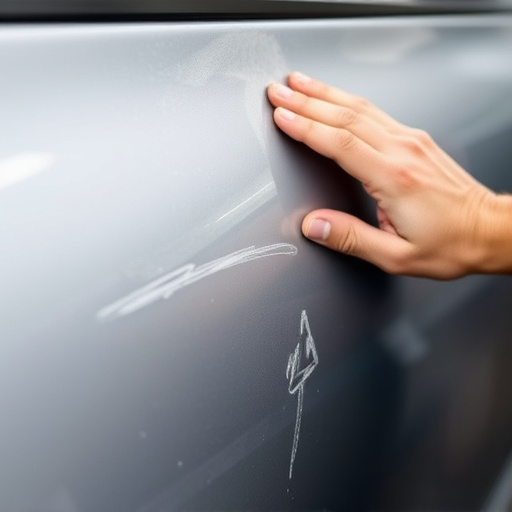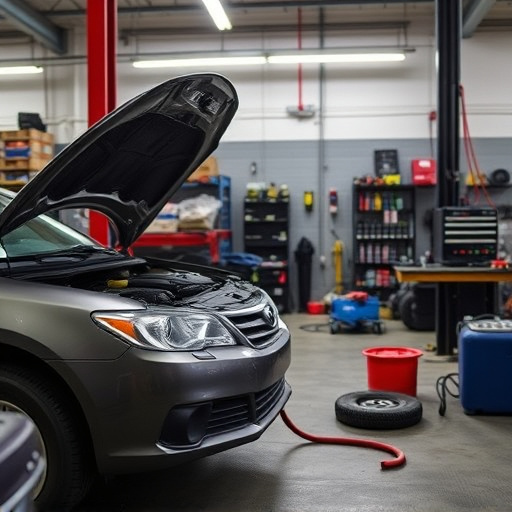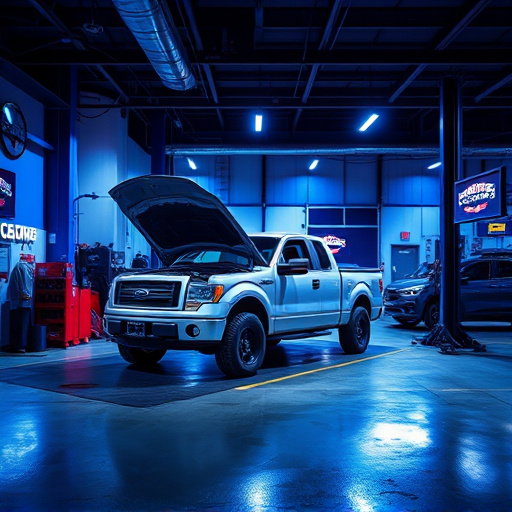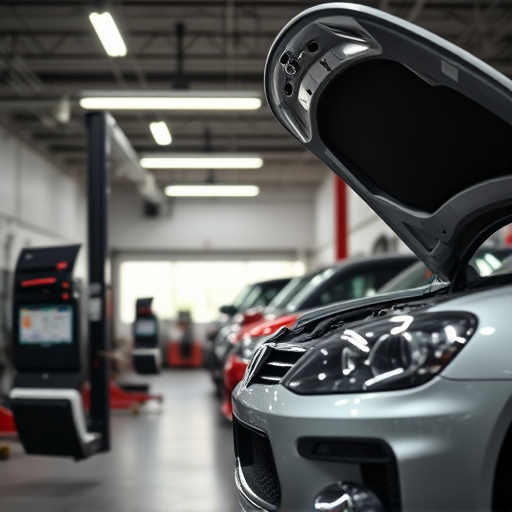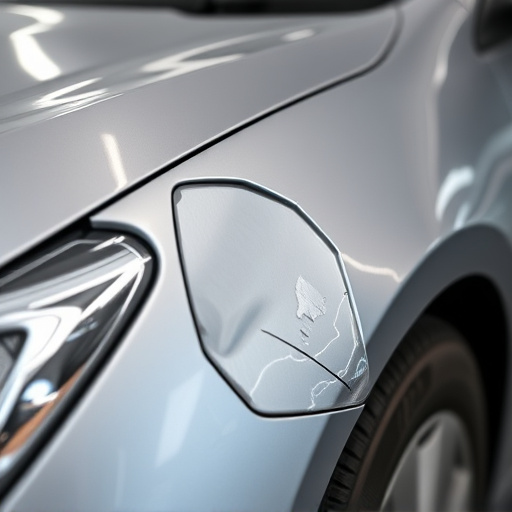The Tesla Cybertruck presents unique challenges for repair shops due to its innovative design and electric vehicle (EV) features, requiring specialized training, tools, and parts. As popularity surges, shops adapt by investing in modern equipment and training to handle repairs efficiently, ensuring structural integrity and high safety standards, thereby enhancing customer satisfaction and competitiveness in the EV market.
“Unveiling the transformative impact of the Tesla Cybertruck on automotive service industries, this article explores how its unique design and electric propulsion system present both challenges and opportunities for repair shops. We delve into the specific repairs required for this groundbreaking vehicle, highlighting adaptations needed on shop floors to accommodate its advanced technology. Furthermore, we discuss strategies for streamlining services, focusing on faster turnarounds, ensuring efficiency in an era where Tesla Cybertruck repairs are becoming increasingly common.”
- Unique Challenges of Cybertruck Repairs
- Adapting Shop Floors for Electric Vehicles
- Streamlining Service for Faster Turnarounds
Unique Challenges of Cybertruck Repairs

The Tesla Cybertruck presents unique challenges for repair shops that go beyond the typical vehicle repair. Its groundbreaking design and innovative materials, while captivating, introduce complexities in terms of maintenance and repairs. Unlike conventional cars, the Cybertruck’s exterior is made from stainless steel and composite materials, requiring specialized knowledge and equipment to handle even simple tasks like body panel replacements or paint jobs. This level of specialization necessitates that collision centers invest in advanced tools and training for their technicians.
Moreover, as a relatively new model, there’s limited availability of certified repair manuals and experienced technicians proficient in Cybertruck repairs. This creates a learning curve for shops, especially those specializing in electric vehicles (EVs). Adapting to these challenges demands a proactive approach from both repair facilities and Tesla itself, potentially leading to the development of specialized training programs, dedicated parts networks, and enhanced diagnostic tools, ultimately improving overall vehicle repair efficiency while addressing the unique needs of this groundbreaking vehicle.
Adapting Shop Floors for Electric Vehicles

As electric vehicles like the Tesla Cybertruck gain popularity, auto body shops are undergoing significant transformations to accommodate their unique needs. The shift from internal combustion engines to electric powertrains necessitates adjustments in shop floors to handle the distinct repair challenges posed by EV structures and components. This adaptation includes setting up specialized stations for battery pack repairs, which often require meticulous handling due to their high voltage and sensitive nature.
Additionally, the integration of advanced technology in Cybertruck repair processes demands that shops invest in modern equipment capable of precise measurements and adjustments. With electric vehicles, ensuring proper alignment and structural integrity after autobody repairs is crucial to prevent energy-related issues. Thus, a well-adapted car collision repair facility is better equipped to handle the evolving demand for Tesla Cybertruck repairs efficiently while maintaining high safety standards.
Streamlining Service for Faster Turnarounds

With the introduction of the Tesla Cybertruck, repair shops have been forced to adapt and streamline their services to accommodate the unique needs of this electric pickup truck. One of the key aspects that sets the Cybertruck apart is its distinctive design, which includes a sleek, futuristic look with bold lines and angular edges. This aesthetic doesn’t just stop at aesthetics; it translates into specific challenges when it comes to repairs. For instance, fender repair for the Cybertruck may require specialized tools and techniques due to its unique shape and materials.
To counter these new challenges, many repair shops are adopting innovative strategies. They’re investing in advanced equipment capable of handling intricate tasks like scratch repair and tire services efficiently. By implementing these improvements, turnaround times are significantly reduced, ensuring customers get their vehicles back faster. This not only enhances customer satisfaction but also keeps the shop competitive in a market where quick service is increasingly valued.
The integration of Tesla Cybertruck repairs into traditional automotive service centers presents a unique set of challenges, from specialized tools and training to the reconfiguration of shop floors. However, embracing these adjustments offers significant opportunities for enhanced efficiency. By streamlining service procedures and adopting practices tailored to electric vehicles (EVs), repair shops can reduce turnaround times, attract a new clientele, and stay competitive in the evolving automotive landscape dominated by Tesla Cybertrucks.

